Politics
Toy safety: deal on new measures to protect children’s health | News

On Thursday evening, Parliament and Council negotiators reached a provisional agreement on new EU toy safety rules to enhance the protection of children’s health and development. The deal strengthens the role of economic operators in improving toy safety, and clarifies requirements for safety warnings and the digital product passport (DPP). It expands the list of prohibited substances in toys.
Ban on harmful chemicals
In addition to the existing prohibition of carcinogenic, mutagenic, or reproductive toxic (CRM) substances, the agreed text also bans chemicals that pose particular risks to children, such as endocrine disruptors, substances harmful to the respiratory system, and chemicals that are toxic for the skin and other organs. At Parliament’s insistence, the new rules will ban the intended use of per- and polyfluorinated alkyl substances (PFASs) and the most dangerous types of bisphenols. Allergenic fragrances will be banned in toys for children under 36 months and in toys meant to be placed in the mouth.
Safety assessment
Before placing a toy on the market, manufacturers will have to carry out a safety assessment on all potential hazards − chemical, physical, mechanical, and electrical. The assessment will also have to test toys’ flammability, hygiene, and radioactivity, and take children’s specific vulnerabilities into account. For example manufacturers should, where appropriate, ensure that digital toys do not pose risks to children’s mental health − as requested by Parliament negotiators.
Economic operators and online marketplaces
The agreed rules clarify the obligations of economic operators, such as manufacturers, importers, and distributors. This also includes fulfillment service providers (companies responsible for storing, packaging, and dispatching toys). Changes were also introduced to align the agreed text with other legislation, such as the General Product Safety Regulation, the Ecodesign framework and the Digital Services Act.
The text clarifies requirements for online marketplaces, reflecting their growing role in the sale and promotion of toys. For example, marketplaces will have to design their platforms so as to allow sellers to display the CE mark, safety warnings, and a link (such as a QR code) to the digital product passport, to be visible before the purchase is completed.
Digital product passport
All toys sold in the EU will have to bear a clearly visible digital product passport (DPP) showing compliance with the relevant safety rules. The DPP will enhance the traceability of toys and make market surveillance and customs checks simpler and more efficient. It will also offer consumers easy access to safety information and warnings, via a QR code, for example.
Quote
Rapporteur Marion Walsmann (EPP, Germany) said: “Although we already have the safest toys in the world in the European Union, one in five products categorised as dangerous and withdrawn from the market by the EU was a toy. It was therefore very important to revise the 2009 Toy Safety Directive. We are reducing the risks posed by hazardous chemicals in toys and ensuring better labelling, including in online retail. We have also future-proofed the regulation: the Commission will be able to react more quickly to new scientific findings on chemical substances.. The new Toy Safety Regulation sends out a strong signal: for the protection of our children, fair competition and for Europe as a business location.”
Next steps
Parliament and the Council have concluded an “early second reading agreement” (the negotiation took place after Parliament’s first reading was adopted in plenary). The Council is now expected to adopt this agreement formally, and Parliament will then have to endorse the text in plenary, in second reading.
The regulation will enter into force 20 days after its publication in the EU Official Journal. Member states will then have 54 months to comply with the provisions.
Politics
EU changes protection status of wolves in Europe

DISCLAIMER OPINIONS: The opinions of the authors or reproduced in the articles are the ones of those stating them and it is their own responsibility. Should you find any incorrections you can always contact the newsdesk to seek a correction or right of replay.
DISCLAIMER TRANSLATIONS: All articles in this site are published in English. The translated versions are done through an automated process known as neural translations. If in doubt, always refer to the original article. Thank you for understanding.
DISCLAIMER PHOTOS: We mostly used photos images that are readily available online, from free sources, or from the people promoting the news. If by any chance it happens that we have used one of your copyrighted photos, please do not hesitate to contact us and we will take it down without question. We do not make profits as this is a not for profit project to give voice to the voiceless while giving them a platform to be informed also of general news, and it is completely free.
Politics
Commission adopts Ocean Pact to protect marine life and strengthen blue economy
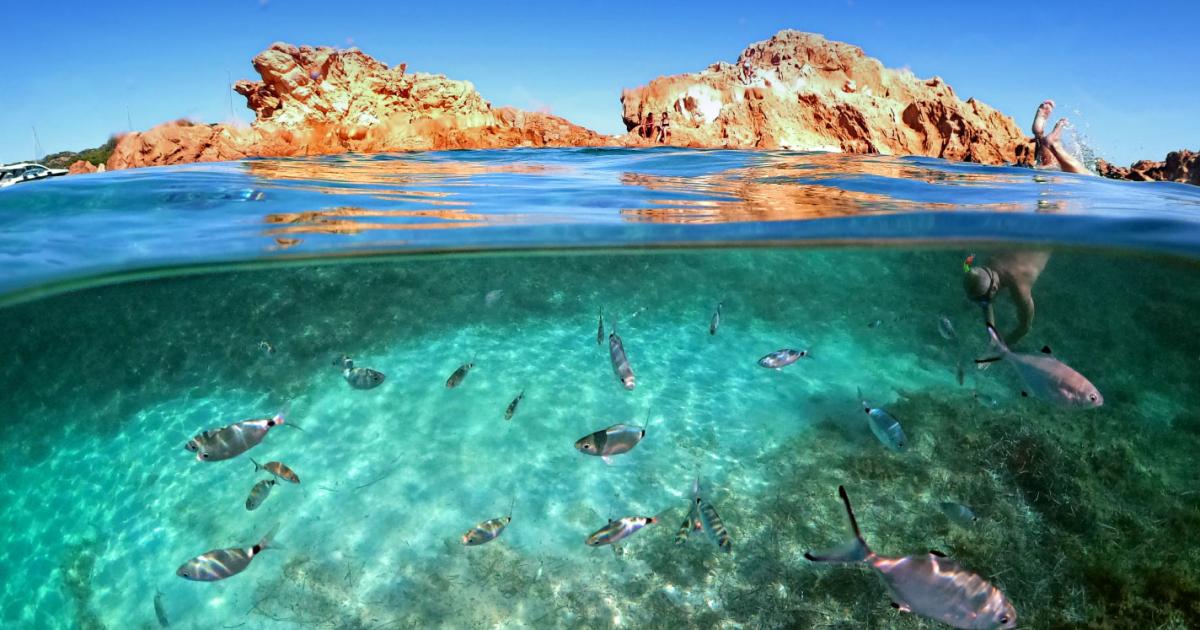


DISCLAIMER: Information and opinions reproduced in the articles are the ones of those stating them and it is their own responsibility. Publication in The European Times does not automatically means endorsement of the view, but the right to express it.
DISCLAIMER TRANSLATIONS: All articles in this site are published in English. The translated versions are done through an automated process known as neural translations. If in doubt, always refer to the original article. Thank you for understanding.

– Advertisement –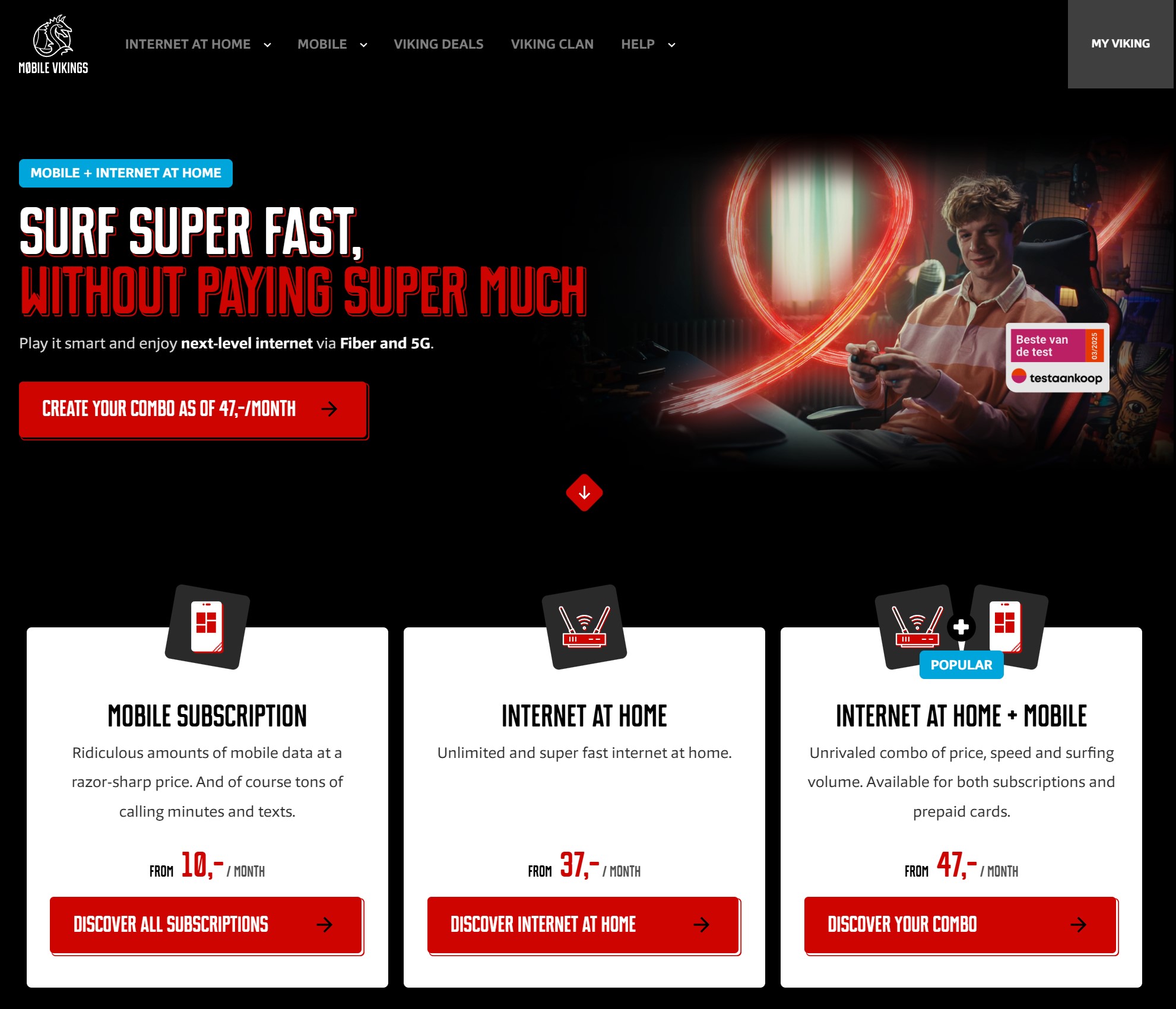
– Advertisement –
The ocean shapes our economies, our food systems, even the air we breathe. To better protect our ocean, the Commission has adopted a European Ocean Pact, which will help to promote a thriving blue economy and support the well-being of people living in coastal areas.
This Ocean Pact brings together EU ocean policies under one single and coordinated framework. It will do so through a collaborative approach between EU countries, regions, and stakeholders, including fishers, innovators, investors, scientists, and civil society. Six priority areas for action will define this work, namely
- protecting and restoring ocean health by supporting EU countries in their efforts to restore degraded coastal marine habitats
- boosting the competitiveness of the EU sustainable blue economy including by strengthening the EU’s maritime industry and by introducing a Blue Generational Renewal Strategy, to foster access to young professionals in marine research, ocean tech, and sustainable fisheries
- supporting coastal and island communities, and outermost regions by presenting new or updated strategies for these regions and communities
- enhancing maritime security and defence by strengthening EU coast guard cooperation and maritime border security
- advancing ocean research, knowledge, skills and innovation by proposing an ambitious EU Ocean Observation Initiative
- strengthening EU ocean diplomacy and international ocean governance by stepping up its fight against illegal, unreported and unregulated fishing
The European Ocean Pact will be complemented by an ocean act by 2027, which will help to ensure the implementation of the priorities of the pact. An EU Ocean Pact dashboard will be used to track progress.
For more information
Press release: Commission adopts European Ocean Pact for a healthy ocean, a competitive blue economy and thriving coastal communities
More information about the European Ocean Pact
Source link
More from the author
– EXCLUSIVE CONTENT –
Politics
The European Union and the Republic of Moldova confirm their strong partnership at the 9th EU-Moldova Association Council meeting
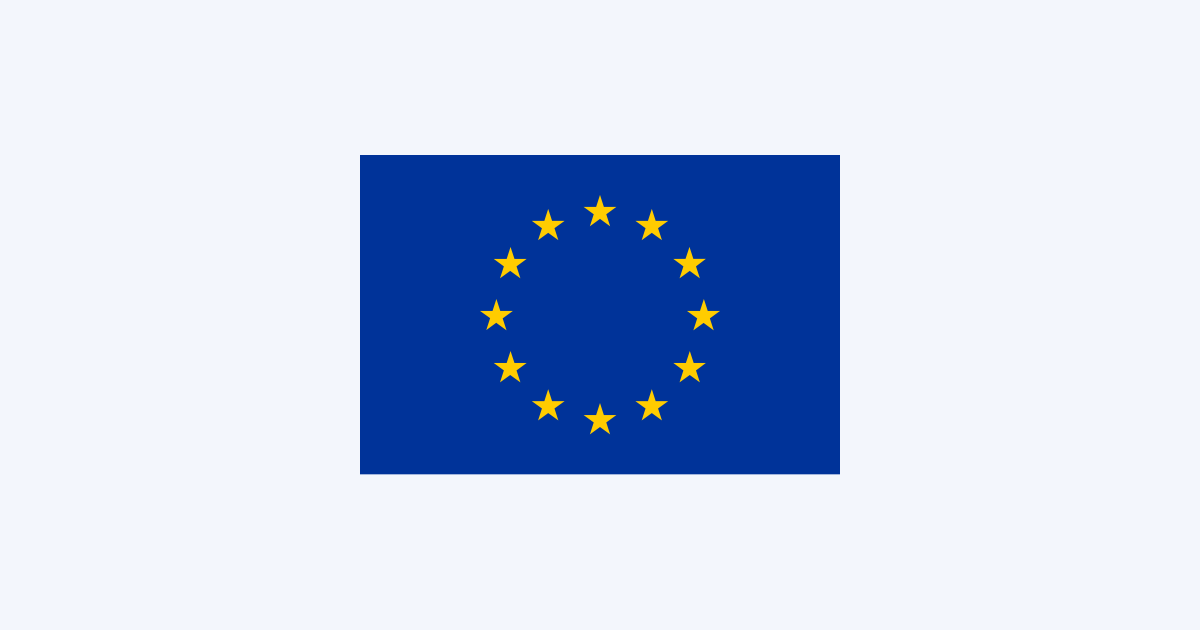

© FRVS+MPCP 2022. The European Times® News is registered as an EU Trademark. All rights reserved. The European Times® and the logo of The European Times® are EU trademarks registered by FRVS+MPCP.
Members/Partners of

About Us
Popular Category
DISCLAIMER OPINIONS: The opinions of the authors or reproduced in the articles are the ones of those stating them and it is their own responsibility. Should you find any incorrections you can always contact the newsdesk to seek a correction or right of replay.
DISCLAIMER TRANSLATIONS: All articles in this site are published in English. The translated versions are done through an automated process known as neural translations. If in doubt, always refer to the original article. Thank you for understanding.
DISCLAIMER PHOTOS: We mostly used photos images that are readily available online, from free sources, or from the people promoting the news. If by any chance it happens that we have used one of your copyrighted photos, please do not hesitate to contact us and we will take it down without question. We do not make profits as this is a not for profit project to give voice to the voiceless while giving them a platform to be informed also of general news, and it is completely free.
Editor Picks
-
EU & the World4 days ago
Aurora Borealis Forecast: Where & When to See the Northern Lights Tonight
-

 Sports5 days ago
Sports5 days agoChampions League Final 2024-2025: PSG-Inter, official lineups
-
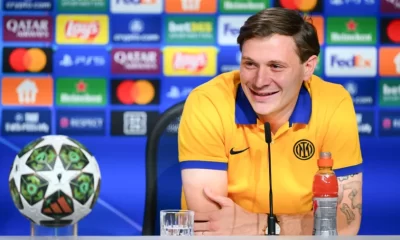
 Sports6 days ago
Sports6 days agoPSG-Inter, Nicolò Barella jokes about Gianluigi Donnarumma
-

 EU & the World5 days ago
EU & the World5 days agoRihanna’s Parents: About Her Late Dad Ronald Fenty & Mom Monica Braithwaite
-
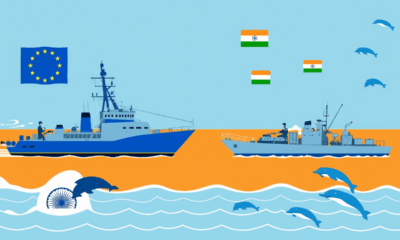
 Politics6 days ago
Politics6 days agoEU and India Forge Deeper Maritime Ties with Historic Joint Naval Exercise in the Indian Ocean
-

 Sports6 days ago
Sports6 days agoPSG-Inter, Lautaro Martinez unveils recipe for finals
-

 Sports4 days ago
Sports4 days agoOfficial: Damien Comolli new general manager of Juventus.
-
Travel7 days ago
France saw record night train passengers in 2024, but can it keep up with booming demand?









